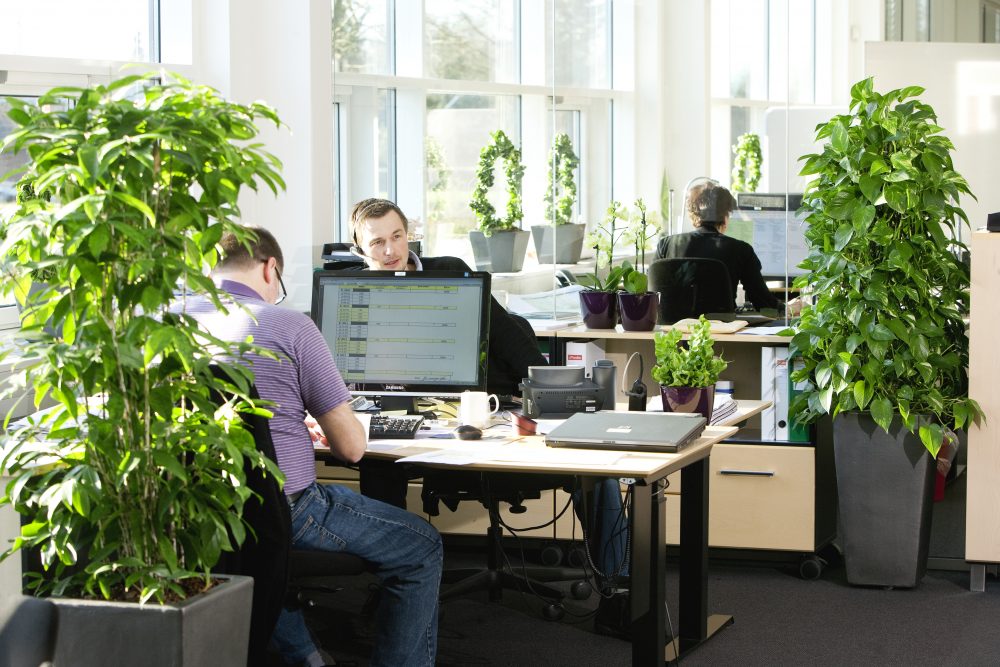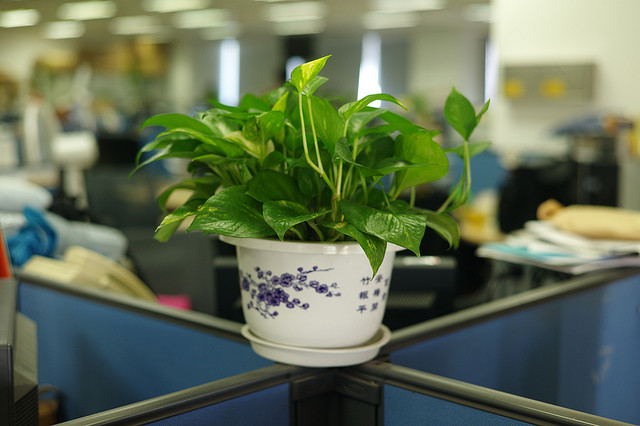Nature’s Way To Boost Employee Productivity
American workers are known for their productivity, and while we aren’t number one on many lists, we remain in the top five overall on nearly all of them.
So it’s kind of shocking to me to read the results of a Gallup Poll from June 2017 which found two-thirds of all employees in the United States say they are “not engaged” or “actively disengaged” at work. These employees aren’t applying themselves. They are just getting by. Most of the time they are checked out. Presenteeism is a new term defining employees that are present, but not engaged.
This is not a small thing.… Read More



